WASHINGTON, D.C.—It’s a weird time to live in the nation’s capital. Well, at least a weirder time than usual.
Concentrating America’s political industry along a small stretch of the Potomac was always bound to create an odd culture—young, highly transient, hypereducated, and vocationally obsessive. But the whiplash of a new presidential administration, heightened by the culling of the city’s federal workforce, has created a particularly uncertain—and noticeably tense—atmosphere among resident Washingtonians. Maybe that tension is why the city’s growing collection of high-end cocktail bars are packed every night.
Or, maybe it’s just because they’re so damn good.
Take Press Club. In a subterranean space beneath Dupont Circle, vinyl records spin behind a wooden bar adorned with minimalist glassware and vintage brandies. Cocktails like the French Waltz—a daiquiri made with Chartreuse, pisco, and riesling—and the White Ferrari—a tequila and mezcal take on the Vesper—draw inspiration from the records and tracks that fill the room. Once you’ve settled at the bar, the world outside disappears, leaving only you, your drink, and the people around you as you talk, taste, and listen your way through the night.
Press Club, which debuted in November, is the latest in a series of high-profile cocktail bar openings in the nation’s capital and one of the brightest jewels in the city’s ever-growing culinary crown. The District, once trapped under the brutal oppression of spendy steakhouses geared toward company cards and expense accounts, is on the cultural rise—and its cocktail community is in the vanguard. Press Club isn’t the only world-class cocktail bar leading D.C.’s culinary ascendency, but it’s certainly one of the best.
You would expect as much, given its pedigree. The bar’s founding partners, Will Patton and Devin Kennedy, boast as impressive a resume as anyone in America’s cocktail community. Patton, a native of Alexandria, Virginia, has spent the past half decade curating the beverage programs at Hive Hospitality’s Jônt and Bresca, two of Washington’s premier Michelin-starred restaurants. Kennedy, though a D.C. native, cut his teeth in New York’s ultra-competitive craft cocktail community, serving as a bar director and sommelier at several high-end restaurants before a three-year stint at the cult hit cocktail bar Pouring Ribbons.
Patton and Kennedy have been friends—and rivals—for years. Though they never faced each other directly, they regularly crossed paths while in the same cocktail competition circuits. “We developed this healthy rivalry,” Patton told me. “Well, a relatively healthy rivalry.”
When, following the pandemic, Hive moved to open a standalone cocktail bar in D.C., Patton convinced Kennedy to come on board. “We both have the same goals,” Kennedy explained. “If we’re going to do this, we’re going to do it. We’re not going to just open a bar, we’re going to try to be the best.”
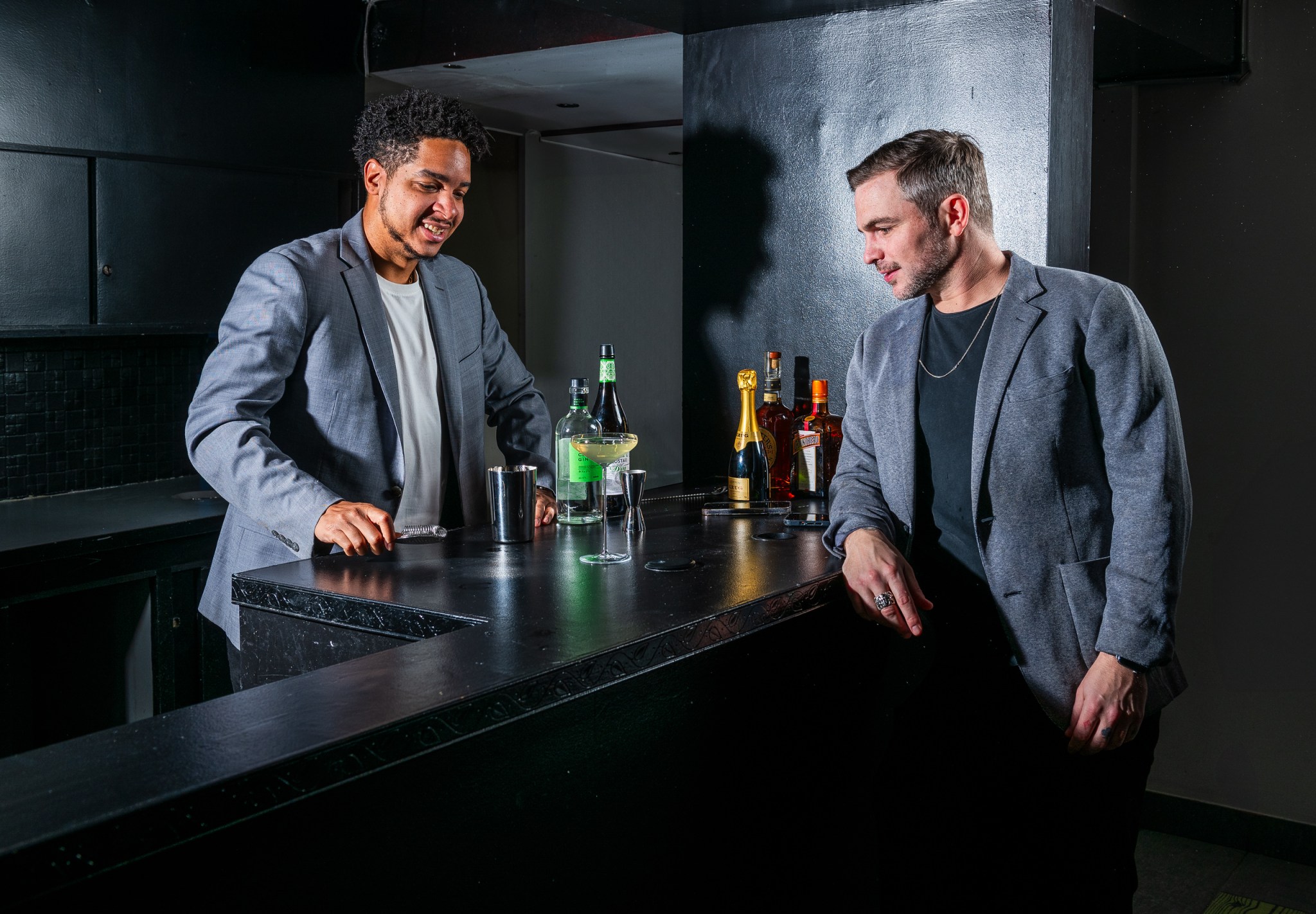
While cocktails are one of America’s original culinary traditions, cresting into a golden age during the turn of the 20th century, the country’s mixology culture was snuffed out by Prohibition. America’s top bartending minds fled abroad, key ingredients disappeared, and recipes were forgotten. Even after Prohibition’s repeal, American bars languished for decades under the boot of sour mixes, Long Island iced teas, and vodka sodas. But in the mid-1990s, led by the now-legendary Dale DeGroff—nicknamed “King Cocktail”—a small group of ambitious bartenders rediscovered, and reclaimed, the country’s libatious tradition, sparking mixology revivals in cities like New York, Chicago, and San Francisco.
Washington’s craft cocktail scene lagged behind its larger rivals in those early days. But the community has since grown rapidly, mirroring the growth of D.C.’s culinary and arts communities and turning the city into a standout destination in international mixology. Today, there are more than a dozen high-caliber cocktail bars scattered across the District, some of which rival top bars in havens like New York, London, and Tokyo. Washington still isn’t the top cocktail destination in America, but it certainly punches above its weight, maybe more than any other city in the world—depending on who you ask.
The cool-ification of the nation’s capital is a symptom of America’s broader urban revival and is indicative of shifting demographics and changing expectations among its young and affluent residents. Hip coffee shops, Michelin quality dining, and cocktails that don’t suck are no longer a pipe dream for Hill staffers wondering why they didn’t just take that job in New York—they’re an everpresence, and an expectation.
But high-end craft cocktail bars like Press Club couldn’t have existed two decades ago. Even in the recent past, you would have struggled to find a bartender in the city who knew how to make the most basic classic cocktail, let alone a bar that squeezed fresh citrus or knew to refrigerate its vermouth. But today, the city’s cocktail bars are packed with well-informed patrons clamoring to drop $20 on everything from a classic Manhattan to avant-garde concoctions derived from laboratory centrifuges and rotary evaporators.
The city’s cocktail renaissance came about through the efforts of a small and dedicated group of bartenders, restaurateurs, and mixology nerds who worked deliberately—and often zealously—to build the foundations that D.C. would need to become a serious player in the global cocktail renaissance. Here are (some of) the people who made it happen.
The beginning.
Derek Brown’s career started with a lie.
A D.C. native, Brown had been picking up shifts as a server at Rocky’s Cafe in Adams Morgan when one day the owner asked if he knew how to bartend. “And I said yes,” Brown told me. “I was lying.” Luckily for Brown, knowing how to make cocktails was not actually a prerequisite to tending bar at the time.
But Brown’s interest in mixology grew, and when Rocky’s closed in 2003, he moved to Frank Ruta’s Palena and delved into the cocktail history books and forums that were then driving New York’s mixology revival. Brown and a friend even started DC Drinks, a self-indulgent—and at times fanatical—cocktail blog of their own. “Honestly, we got super nerdy about it. We tried to learn everything we could, and then bring those things to light,” Brown said.
By then, a small community of mixology nerds was coalescing across the nation’s capital, drawn out by the same blogs, books, and bartenders that inspired Brown. However, D.C.’s cocktail community was still centered around restaurants and the individual bartenders who worked at them.
“It was always about whether the bartender cared about cocktails and less about the entire bar,” Chantal Tseng, who was then developing a cocktail program at the Tabard Inn in Dupont Circle, told me. “You had to find the one bartender who worked on the one day, versus going to a place knowing ‘Oh, they’ve got great cocktails there.’”
Dan Searing was another bartender who cared. “I was a fan of the literature and culture of the 1920s and 1930s,” Searing told me. “I romanticized that time period, and I was fascinated by the fact that some of that culture that was so widespread then had disappeared.” One aspect of that vanished culture was the cocktails—like the Gin Rickey and Green Isaac’s Special—that writers like F. Scott Fitzgerald elevated in their stories. “I knew that I was never going to have a drink with Fitzgerald or Hemingway,” Searing said. “But I knew that I could drink things that they had drunk or written about.”
Searing’s parents were part-time antiques dealers, and through them he got hold of pre-Prohibition cocktail manuals. The recipes fascinated him, and when Searing found himself manning the bar at Temperance Hall in January 2006—a Prohibition-themed haunt in D.C.’s Petworth neighborhood—he convinced the owner to add several cocktails to the menu. “I was serving sidecars and Manhattans and things like that, very basic cocktails,” Searing recalled. “But in 2006, that was kind of a novelty.”
But D.C.’s growing cocktail community was fragmented and lacked the organization of larger cities. “You’re talking about like 10 or 12 people who are doing this all over the city,” Owen Thompson, then-manager of a whiskey bar in Adams Morgan called Bourbon, told me. “You couldn’t just walk into a bar and say, ‘Hey, let me get an old-fashioned.’ They would stare at you, like, ‘What the f–k are you talking about?’”
The guild.
In New York City, up-and-coming bartenders had a selection of leading bars at which to train, but that infrastructure wasn’t yet in place in Washington. “Unlike in New York, there wasn’t a bastion for everyone to go learn together. There wasn’t that one seminal cocktail bar where we all could start as apprentices,” Kevin Rogers, a Georgetown Law graduate who, in 2004, left his law career to pursue hospitality, told me. “We were individuals who were all on our own path, seeking this Holy Grail.”
But in 2007, alongside EatBar’s Gina Chersevani, Brown decided the growing community needed formal organization. Inspired by independent guilds in the Pacific Northwest, they founded the D.C. Craft Bartenders Guild with 10 original members. The duo invited Rogers, Searing, Tseng, and Thompson along with Justin Guthrie, Kat Bangs, Adam Bernbach, and Tom Brown.
“I think anytime that you’re trying to restart something that has been dead for 100 years, it takes a lot of energy, and it takes a lot of fanaticism, and we were a little bit fanatic.”
Derek Brown
The guild’s formation was the spark that D.C.’s cocktail scene needed. “The guild accelerated things considerably, because suddenly there was a community of people who could bounce ideas off of each other and share our interests and follow each other’s bar programs,” Searing told me. “It challenged us to take ourselves more seriously.”
Together the guild organized events like the Repeal Day ball—an annual celebration of the anniversary of Prohibition’s repeal. It also sponsored a yearly competition where bartenders would face off to create the best version of a Rickey, a cocktail invented in pre-Prohibition D.C. that, in 2011, the guild successfully lobbied to have named the city’s official cocktail.
Hummingbird to Mars.
The next step for some guild members came in New York. In 2005, “King Cocktail” Dale DeGroff and several other industry veterans launched B.A.R., a five-day mixology intensive held once per year described by Brown as “the Harvard of bartending schools.” In 2008, Brown, Guthrie, and Rogers trekked to New York for the course.
“I walked in the room and I saw [Brown and Guthrie],” Rogers recalled. “I was like, ‘Okay, D.C. is trying to make a move here.’” D.C.’s bartenders were no longer comfortable playing second fiddle to those in New York or San Francisco. “We came back from that program really energized,” Brown said. “Not only did we go to that program and learn all day, but in the evening, we went to all these great bars.”
Back in D.C., Brown and Guthrie conspired with Thompson to open D.C.’s first modern speakeasy, and on Sunday and Monday nights, the three were soon converting the second floor of Bourbon into a secretive bar called Hummingbird to Mars—inspired by an architect of Prohibition’s famous remark that there was as much chance of repealing Prohibition as there was for a humming bird to fly to Mars with the Washington Monument tied to its tail.
For the three, making drinks the right way—served up or down, straight up or on the rocks, garnished or ungarnished—was no longer a question of adiaphora, it was important and obligatory, an extension of the zealousness of America’s early cocktail revivalists. Hummingbird to Mars would be the first vehicle in D.C. for that uncompromising pursuit of excellence. “We would take everything down and put it all up. And then we would hand carve our own ice, and use our own ingredients and tinctures,” Brown explained.
The speakeasy even had rules: If you were able to secure a reservation, you couldn’t share its location, couldn’t take photographs of it, couldn’t use a cellphone inside it, and, most importantly, you couldn’t write about it. “It was all pretentious bulls–t,” Brown recalled. “But I think anytime that you’re trying to restart something that has been dead for 100 years, it takes a lot of energy, and it takes a lot of fanaticism, and we were a little bit fanatic.”
But people did talk, and someone did write. On October 1, 2008, Washington Post columnist Jason Wilson let the secret out, writing about Hummingbird in the paper’s food section. “We were pissed, we closed it down,” Brown recalled. But Wilson’s loose pen was only an excuse. “To be honest, we also closed it down because it was a lot of work,” Brown said. “It was like 10 hours’ worth of setup to make no money,” Thompson recalled.
Hummingbird’s legacy, however, endured. Inspired by the speakeasy, two local hospitality entrepreneurs opened The Gibson a month later on D.C.’s lively U Street, tapping Brown to design its first cocktail menu. “That was the beginning of a lot of things. There were already really great bartenders and really great bars making really great cocktails in D.C., but nothing quite like that,” Brown said. “So that kind of helped to propel what I was doing, and kind of galvanized the community.”
Founding Farmers.
When Brown, Guthrie, and Rogers arrived at B.A.R., they initially thought they were the only D.C. bartenders in the room. They weren’t. Back in D.C., two restaurateurs were preparing to open Founding Farmers, an ambitious Southern restaurant on Pennsylvania Avenue, and they had sent their beverage director, John Arroyo, to B.A.R. in preparation.
Arroyo wanted to serve well-made classic cocktails at the restaurant, but at a volume and pace beyond that of a candle-lit speakeasy. “And I laugh like, ‘you’re out of your mind,’” Rogers recalled. But Rogers remained friends with Arroyo, and after Founding Farmers opened several months later, he joined the team.
The restaurant was a resounding success, and its cocktail program, to Rogers’ surprise, succeeded with it. “I can’t believe what we were trying to do,” Rogers said. Making one or two cocktails at a time in a small bar was one thing, but the logistics, training, consistency, and prep necessary to serve a long menu of cocktails in a bustling restaurant was another. “They were the first people that were doing high volume cocktails at a high level,” Kennedy told me.
Yet the team kept up with heavy demand, and proved that there was a broader audience for classic cocktails in the city. “The thing that was impressive was the number of people that were ordering this stuff like, we couldn’t believe it,” Rogers said. “We were making these drinks that were coming from The Joy of Mixology or coming from DeGroff and being rediscovered. But now we’re making them for the everyday public at a high rate of speed.”
The Columbia Room.
Brown soon moved to open a bar of his own—one that would put Washington on the cocktail map. In November 2009, Brown and his brother Tom opened the Passenger, a laid-back joint near Mt. Vernon Square. While Tom ran the casual front bar, Brown would mix sophisticated drinks at the Columbia Room, a small 10-seat cocktail bar tucked in the back.
The Columbia Room quickly gained recognition for its avant-garde cocktail program, and in 2016 moved to a larger home in Blagden Alley. In the interim, Brown’s cocktail empire, under the ownership umbrella of Drink Company LLC, had grown substantially. In 2013, Brown and Drink Company opened three additional bars—sherry bar Mockingbird Hill, whiskey bar Southern Efficiency, and oyster bar Eat the Rich—at adjacent locations in Shaw that would eventually host a rotating cast of pop-ups themed on everything from Christmas to Game of Thrones. “They were really the tip of the spear, and they never got enough credit for it,” Deke Dunne, beverage director at the cocktail bar Allegory, and a bartender with Brown’s Drink Company at the time, told me. “They were doing stuff that I don’t even see people doing today.”

In 2017, the recognition came. Columbia Room won Best American Cocktail Bar at the Spirited Awards—the Oscars of bartending—and was named a finalist for Best American Bar Team. Washington had finally put itself on the map, and it intended to stay.
For D.C’s craft cocktail community, the Columbia Room’s success opened the doors for others to pursue similar heights. “When you look at any human achievement, there’s this massive mental barrier until somebody smashes through that ceiling,” Dunne told me. “And for us, Columbia Room smashed that ceiling.” Brown, however, wouldn’t be part of the D.C.’s continued push. Recognizing that life in the industry was challenging both his physical and mental health, Brown stepped back from his responsibilities at the Columbia Room, and eventually shuttered the bar in early 2022.
Allegory.
Deke Dunne doesn’t look like a Hill staffer, at least not anymore. His frosted quiff and thin line tattoos would immediately set him apart in Washington’s conservatively dressed halls of power. But before he ran one of the District’s most singular cocktail experiences, Dunne worked in congressional offices in D.C. and on the campaign trail in Wyoming.
After the 2016 election, however, Dunne’s passion for politics waned. “I quit because I just couldn’t live in that world,” Dunne explained. “I’m an extremely left-leaning person, and to already be in the conservative world, and then throw populism and hateful rhetoric into the mix, it was indigestible.”
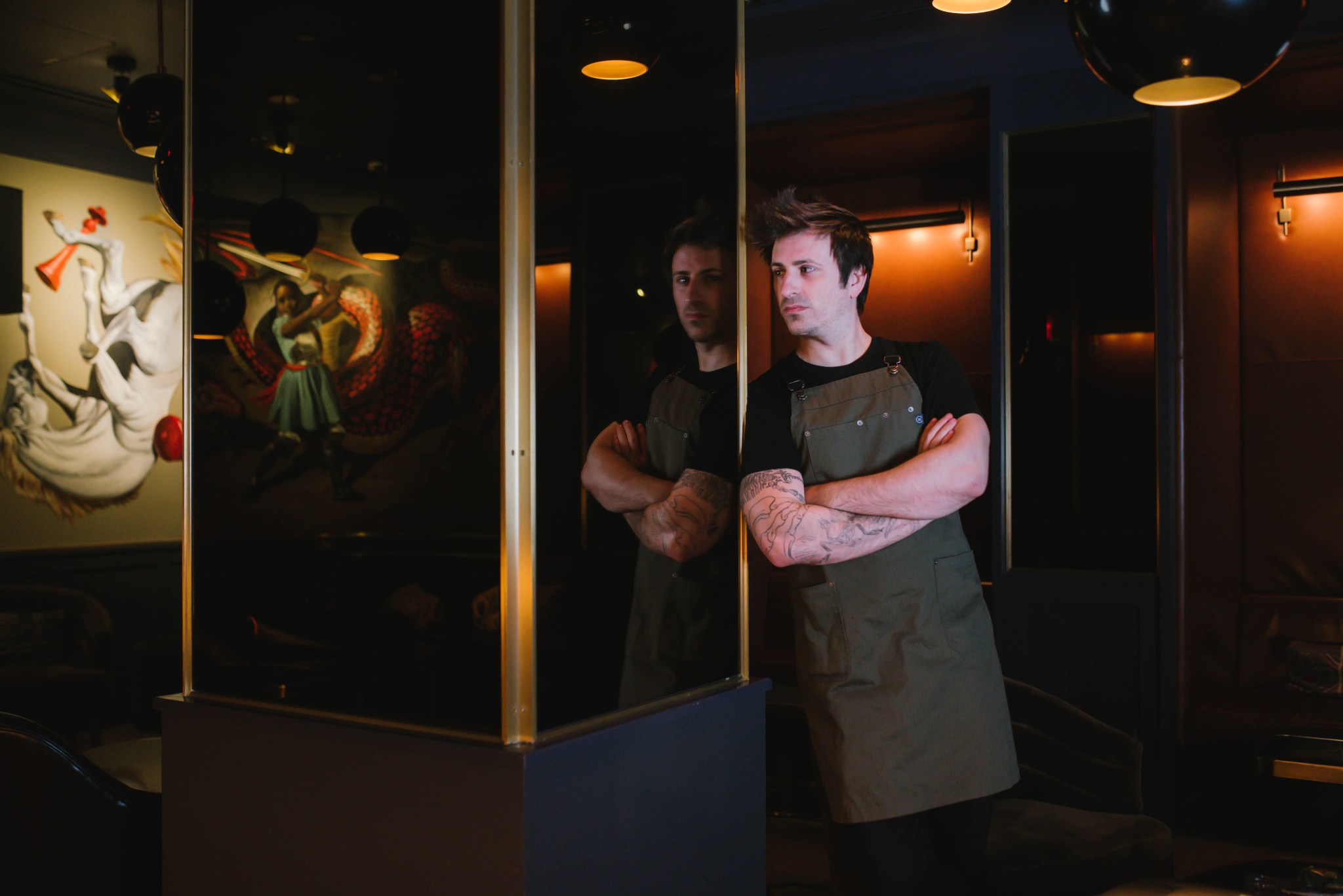
Two years prior—half to escape the stultifying culture of his peers on Capitol Hill and half to supplement his meager congressional salary—Dunne began picking up weekend shifts at Wonderland Ballroom, a Columbia Heights dive. The experience scratched a creative itch that politics couldn’t and, by June 2017, when Drink Company launched its Game of Thrones pop-up, Dunne jumped on an offer to work security. Within a month, he was behind the bar.
The following year, Drink Company partnered with Japanese hospitality firm Plan Do See to design and launch a cocktail bar in the newly opening Eaton hotel in downtown D.C.. The firm also hired Dunne—then still a relative newcomer to the city’s craft cocktail scene—to help operate the venue. When the partnership between Drink Company and the Eaton broke down only weeks before the hotel was set to open, Dunne and a handful of Drink Company veterans who also elected to stay on the project were left scrambling to redesign the bar.
“We had to rebrand within three weeks. We had to write a whole new opening menu. Some staff left. It was crazy,” Dunne recalled. The team renamed the bar Allegory and quickly put together a cocktail menu based around literary themes. The cocktails were good, but Allegory lacked a cohesive vision. “We were a good bar with a really great bar team, but I don’t think that we were an excellent cocktail bar,” Dunne said.

For Allegory, the pandemic proved a blessing in disguise. The temporary closure led to the departure of most of Allegory’s staff, leaving Dunne with near absolute control over its creative direction. “That’s when I took the focus of the bar from being just a really good cocktail bar to being a really conceptual experience,” he explained.
From the start, Allegory’s walls were decorated with elaborate murals, painted by artist Erik Thor Sandberg, depicting Alice in Wonderland through the eyes of Ruby Bridges—the first black student to attend an all-white school in the South. Dunne doubled down on the concept, creating a storybook menu called “Down the Rabbit Hole” that wove 10 thematic cocktails together with vivid illustrations imagining Bridges on a journey through Wonderland. In one chapter, the Eden—a bright and boozy orange soda—accompanies an illustration of Bridges as she befriends a medley of unusual characters. In another, a frothy El Salvadorian riff on the Jungle Bird, a classic tiki cocktail, is garnished with the blood of a Jabberwocky as Bridges stands above the slain beast, sword in hand.
Allegory’s new direction was a resounding success: In 2023, it won Best Cocktail Menu at the Spirited Awards. The next year, it would take home the prize for Best U.S. Hotel Bar, and one of its mixologists, Kapri Robinson, would win U.S. Bartender of the Year. “Banned in D.C.”,—a sequel to Allegory’s first storybook menu in which a fictionalized Bridges navigates an apocalyptic version of the nation’s capital that has been overtaken by violence, darkness, and censorship—launched late last month, and the menu’s broader international influence and impressive creative scale is likely to garner even greater plaudits than its predecessor.
Slingin’ sandwiches.
Several blocks east, a less obvious successor to the Columbia Room isn’t just mixing delicious cocktails—it’s pairing them with some of the city’s best sandwiches. At Your Only Friend, the brainchild of Columbia Room alums Paul Taylor and Sherra Kurtz, nostalgic flavors, plastic cafeteria-style cups, and a welcoming sandwich counter offer a childhood memory come back to life.
The concept began as a pandemic-era pop-up, with Taylor and Kurtz selling sandwiches out of the Columbia Room’s kitchen. But as the pandemic dragged on, the two saw a path to turning their temporary project into something permanent. They envisioned a bar with a neighborhood feel, inspired by the local dives and restaurants that made them fall in love with hospitality. “We wanted to do real dope s–t, but in a place that everybody felt welcome,” Taylor told me.
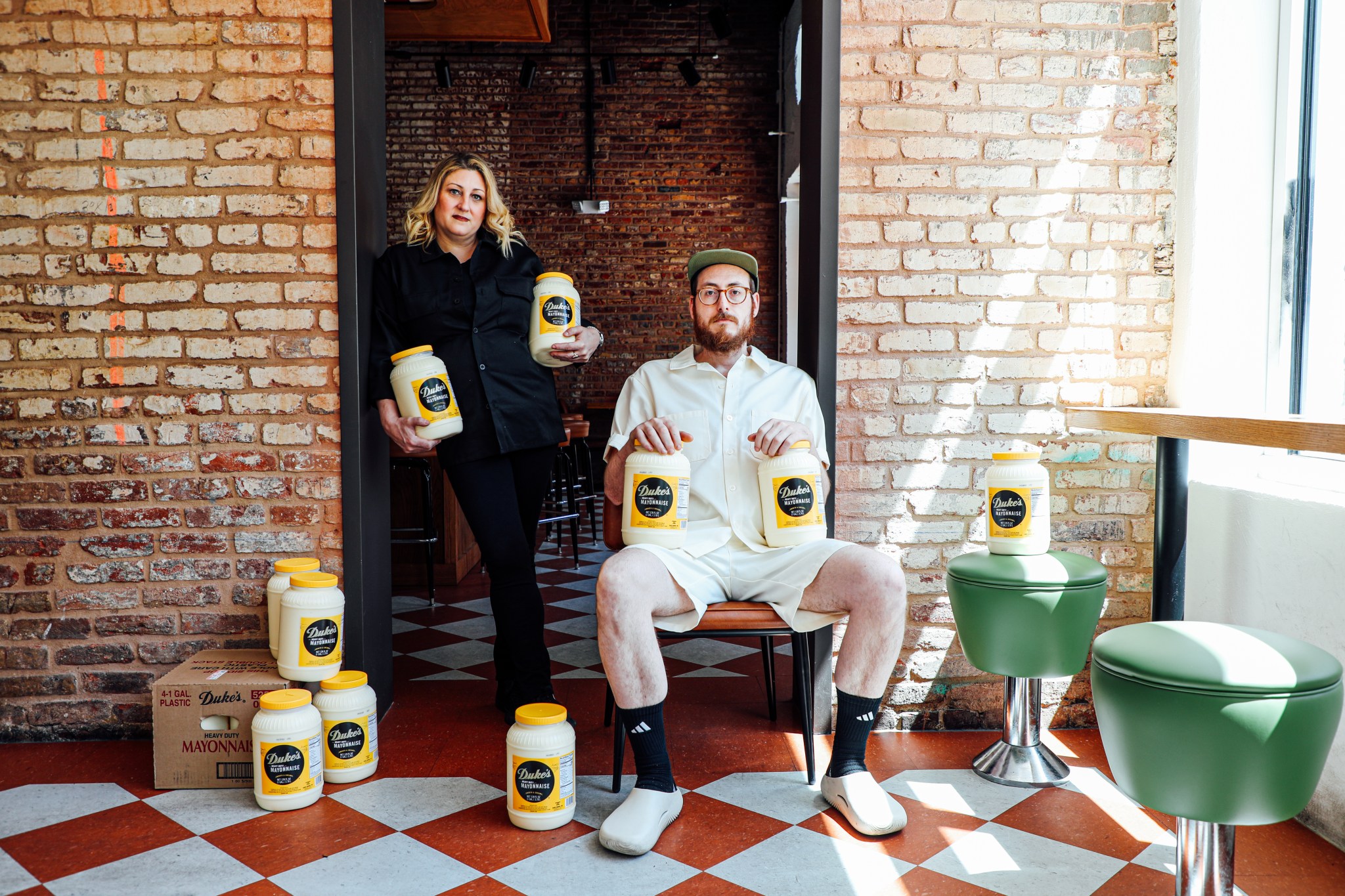
The resulting space is unashamedly unique and a sharp departure from the Columbia Room’s serious aesthetic. Taylor and Kurtz take a “trashy classy” approach, elevating familiar flavors and accessible ingredients to bring the wistful past, in all of its rose-tinted wonder, to the present.
The bar’s Carb’d Marg is exemplary of its approach: mezcal, Smirnoff Ice, Mountain Dew, and citric acid combine to create a cocktail that is almost frustratingly well balanced given its low-brow ingredients. Another is the Rum & Clear Cola, a translucent riff on a rum & Coke made with a homemade cola syrup and acid phosphate. When the two debuted the drink during a collaboration with Bresca several years ago, Will Patton was almost offended by how good it was. “I’ve never been more upset,” Patton joked. “I was like, you brought this into my house, and you dunked on me like this.”
Taylor, Kurtz, and Dunne aren’t the only Columbia Room veterans putting down roots in the city either; beverage programs at bars and restaurants like Daru, Trouble Bird, and Albi are also continuations of the legacy. “I think the Columbia room never really died, because it has really created so many places in D.C. from the people who have gone through,” Kurtz said. Several homegrown bars unconnected with the Columbia Room—Service Bar, Copycat Co., OKPB, Green Zone, Barmini, The Wells, and others—are also making a mark.
D.C’s homegrown bars aren’t the only ones contributing to its rise—several imports have entered, or are soon entering, the scene.
The out-of-towners.
The Columbia Room’s legacy in D.C. extends beyond just its former bartenders. Today, Death & Co.—one of the most influential bars in New York’s cocktail revival—occupies the Columbia Room’s former Blagden Alley space. Brown isn’t offended that his homegrown success was taken over by one of New York’s most storied bars. It was sort of his idea, after all.
As D.C.’s mixology profile rose, Death & Co.—which had already expanded to Denver and Los Angeles—began looking at D.C. as a fourth home. Brown, who had befriended Death & Co. bartender Alex Day while at B.A.R., suggested the Columbia Room’s space. The idea materialized, and in July 2023, Death & Co. D.C. opened its doors.
Day knew stepping into the Columbia Room’s shoes was a risk. “The replacing of the Columbia room, for anyone who had a relationship with it, is going to elicit some level of emotional reaction, and that’s scary,” he told me. But Death & Co. worked deliberately to both honor the Columbia Room’s legacy and to craft an identity unique to Washington. Though the space was largely redesigned, an iconic tile mosaic that once framed the Columbia Room’s bar was preserved—an ode to the building’s storied past.

“We have worked really hard to present ourselves to the community not just as Death & Co., but as Death & Co. as expressed in Washington, D.C., and with full respect to the ground that we have taken over,” Day said. In his view, outsiders looking to plant roots in D.C. must embrace, not ignore, the city’s distinctiveness. “One thing that D.C. has excelled with is understanding its cocktail culture and representing the culture of the city in a unique way,” Day said. “It’s not a derivative of New York or London or any other cocktail scene, it’s unique to itself.”
Soon, one of Death & Co.’s longtime Manhattan rivals will face the same challenge.
In 2013, Jack McGarry, an obsessive young bartender from Belfast, opened The Dead Rabbit—half Irish Pub, half cocktail bar—in New York’s Financial District. His aim was to champion Irish culture against contemporary misconceptions while mixing world class cocktails along the way. “There’s so many s–t Irish bars, and so many people think we wake up in the morning in Ireland and say ‘top of the morning’ to each other and eat corned beef and cabbage. And that just couldn’t be further from the truth,” McGarry told me. “My goal has always been to bring the Irish pub into the 21st century, but also to shine a light on contemporary Irish culture and stretch the boundaries of what Americans see as Irish pubs.”
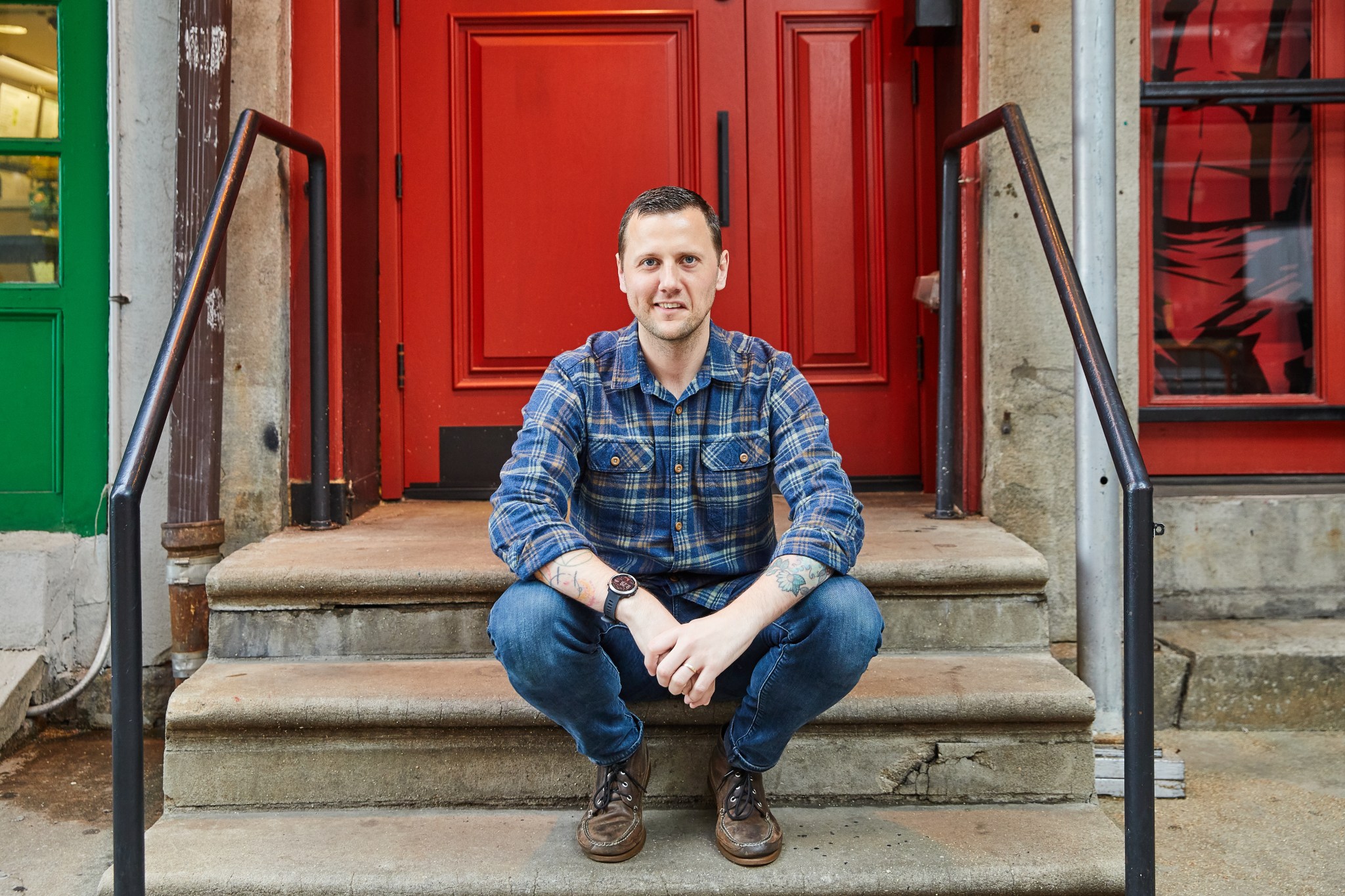
The Dead Rabbit will open a location in D.C. this fall, themed on the political story of the Irish in America—a deliberate push to embrace Washington’s uniquely political culture. The space will feature a mural of Sinéad O’Connor alongside artwork of prominent politicians involved in the Good Friday Agreement. “There really isn’t anywhere better than D.C. for us to tell that story,” McGarry said. “Obviously, there’s an amazing cocktail culture, there’s amazing healthy pub culture, and then a reverence for Irish culture and food.”
The Dead Rabbit’s new home on F Street will be only feet away from another British Isles import. In February 2020, Silver Lyan—a project of prominent British mixologist Ryan Chetiyawardana—opened in a historic bank vault beneath the Riggs hotel. Chetiyawardana, known widely as “Mr. Lyan,” has been at the leading edge of global mixology for more than a decade, and his bars have pioneered the use of innovative culinary technologies and sustainable ingredients.
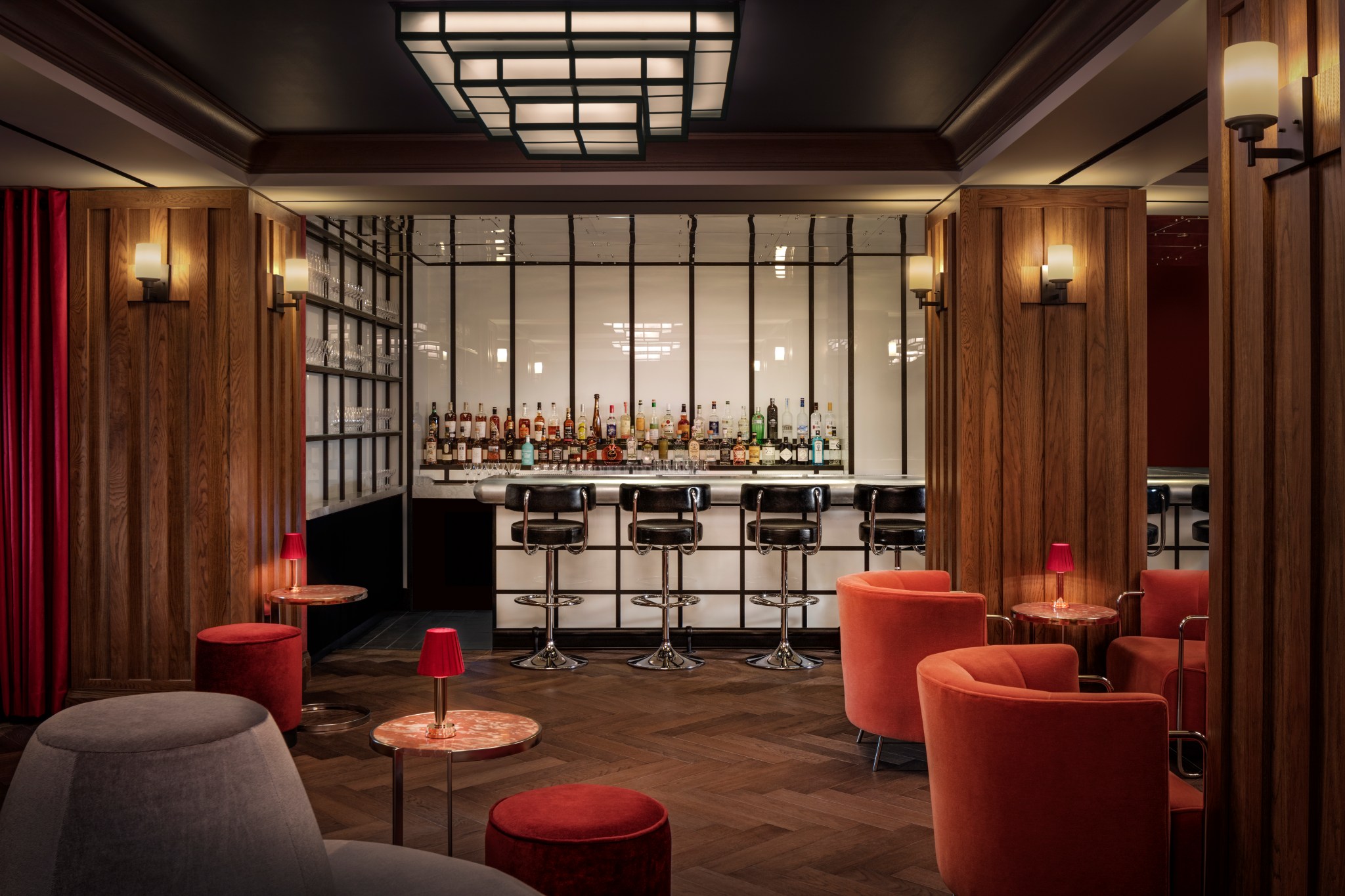
While Silver Lyan doesn’t break the rules of classic mixology, few bars across the world stretch them as far. “Our process is really about creativity and the way that we define that for ourselves is through our storytelling,” Alex Leidy, the bar’s general manager, told me. At Silver Lyan, each drink is a story unto itself, and the team often uses novel ingredients and advanced techniques to impart thematic elements.
Take the Parasol Punch—a cocktail based on the first man in London to own an umbrella, who was widely derided for it. Because early umbrellas were made from silk, and silkworms dine on mulberry leaves, the team includes a mulberry ferment in the drink. Tomato honey represents the vegetables thrown at London’s umbrella pioneer, and rainwater Madeira represents, well, rainwater. On its previous menu, which was themed on movement and migration, the bar even used a proprietary spirit distilled from emu neck meat—if you stop by, ask one of the bartenders about what that USDA approval process was like.
But complexity for its own sake isn’t the goal—the drinks also have to taste good. “We’re doing some out-there and avant-garde things because that’s where the problem-solving naturally leads us,” Sam Nellis, Silver Lyan’s senior bartender, told me. “But then the question is, how do you take that and make it feel fun and approachable?”
For Silver Lyan, the answer is to build a menu that allows customers to engage on their own terms—diving deep into the ingredients, themes, and preparation if they care to, while not being hit over the head with information if they don’t. “Gatekeeping is the death of fun,” Leidy explained. “Ultimately, the drinks need to be really approachable in and of themselves, without knowing anything about what went into them. We’re here to facilitate fun.”
For many of D.C.’s homegrown bartenders, the arrival of renowned bars like Silver Lyan, Death & Co., and The Dead Rabbit isn’t a threat—it’s a validation. “It’s a testimony to the cocktail scene in D.C. that storied bars with their origins in other cities want to open bars here, because D.C. wouldn’t be on their radar if we hadn’t helped create a homegrown cocktail scene and create an audience for that,” Searing said. “It’s legitimizing,” Dunne echoed. “I never saw them as a threat, I saw them as something that’s gonna push us and make us better, which they have.”
Despite the recognition and awards that have come alongside D.C.’s rise, perhaps its most impressive feat has been the continuation of the culture of camaraderie and excellence that was established two decades ago. “We understand we’re a smaller market. We’re always going to live in this gigantic shadow that’s cast from New York,” Dunne told me. “We’re never gonna get the recognition that we think we deserve, because we’re never gonna get the same eyeballs on us that New York or London or any of those other spots do.”
But that underdog mentality, and the chip on the community’s shoulder that comes with it, has allowed D.C. to maintain its sense of solidarity. “Everyone seems to be very supportive of the dream of expanding the cocktail scene, creating all this amazing opportunity, and making D.C. this culinary and cocktail hub,” Dunne remarked. “It’s really cool. We’re all striving toward the same goal.”
Collective triumph.

When Press Club opened last November, it didn’t open in a vacuum. The talent, collective wisdom, infrastructure, and clientele necessary for its success were built on foundations that were developed by Washington’s cocktail community for more than two decades. In a sense, that’s what makes Patton and Kennedy’s achievement so important. It’s an individual success, for sure, and the two deserve credit for contributing a unique piece to D.C.’s cultural mosaic. But Press Club—like Allegory, Your Only Friend, Silver Lyan, and many others—is also a collective achievement for the city; evidence that the nation’s capital is now pushing cultural boundaries instead of just keeping up with them.
Patton and Kennedy have felt the fruits of this foundation acutely as they’ve converted Press Club from an idea into a reality. “I’ve been in Chicago, been in New Orleans, been in a lot of other cities, and when I came to D.C., it was the most welcoming bar community that I’ve ever been in,” Patton told me. “It’s very mutually supportive, so it was very important for Devin and me to make Press Club evocative of D.C.. We wanted to be celebrating D.C. because we’re very proud to have roots here, and we’re proud to be part of the scene, and we’re very excited to have this community growing.” Kennedy echoed the experience. “In D.C., everyone just wants to see all ships rise. Everyone’s excited for it, because everyone wants D.C. to be a place that is talked about as a great cocktail city.”
Press Club is an embodiment of how far the city’s cocktail culture has come. On any given night, the space is packed with patrons—co-workers sharing office gossip, couples celebrating anniversaries, cocktail enthusiasts eager to try the new hot spot, and, often, a wary reporter escaping the exhausting churn of Washington politics. And whether they came for the food, music, conversation, or simply to escape the cold, the patrons are participating in and honoring one of America’s—and D.C.’s—great traditions: Sitting back, relaxing, and enjoying a great cocktail.
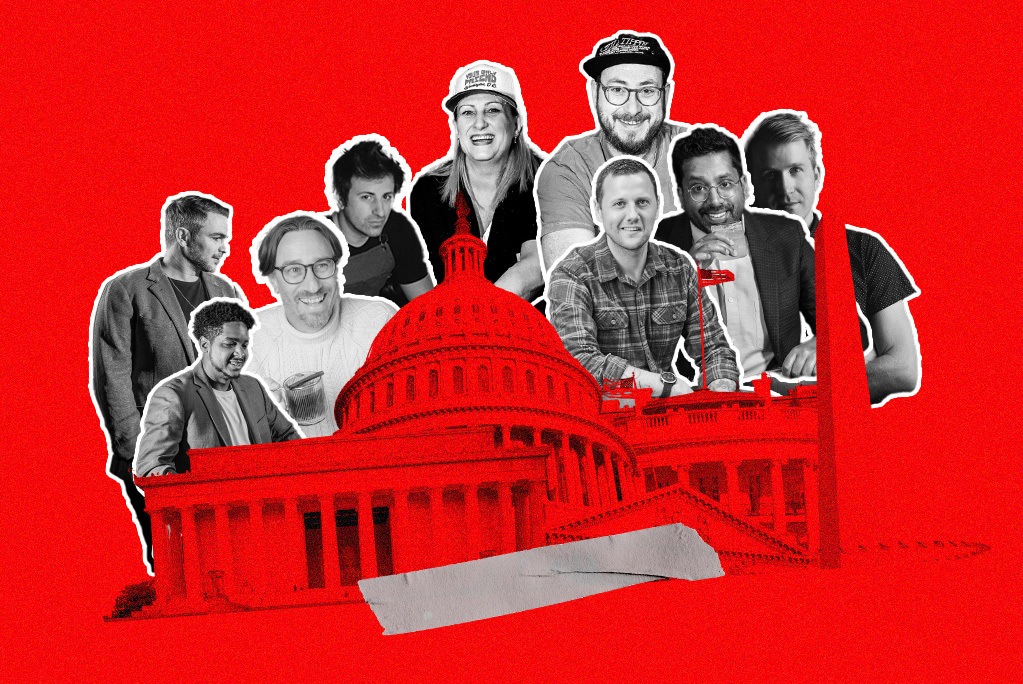


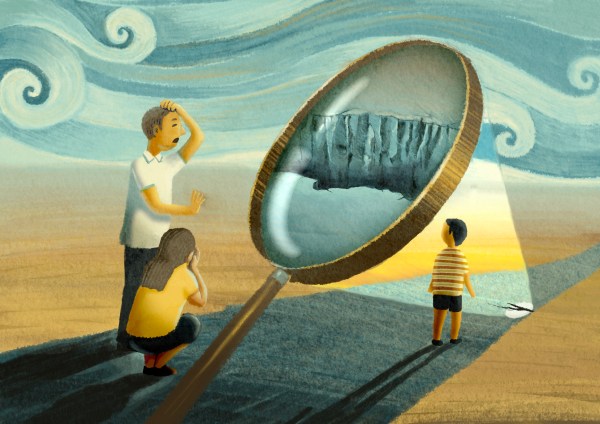
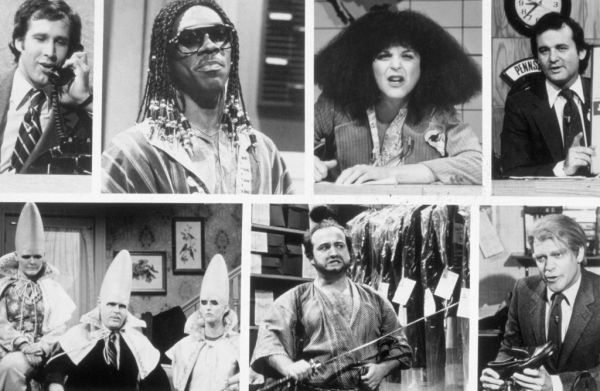
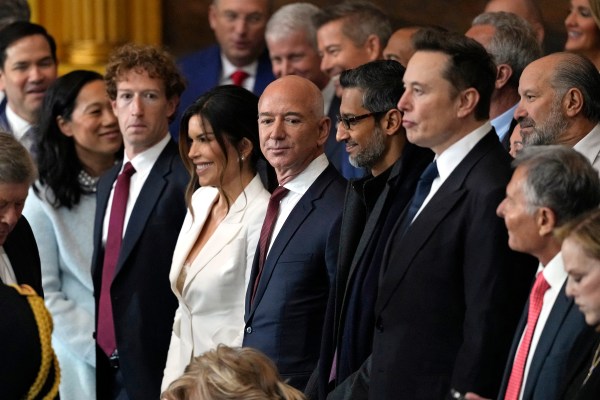
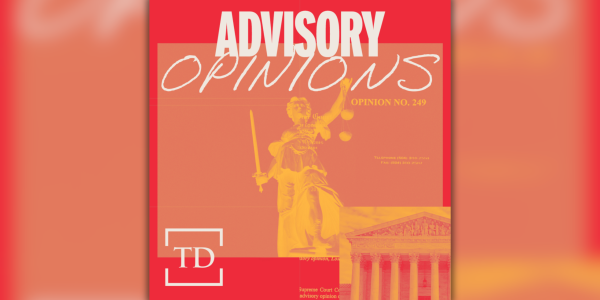
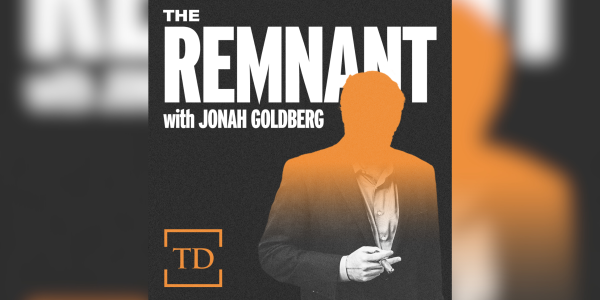
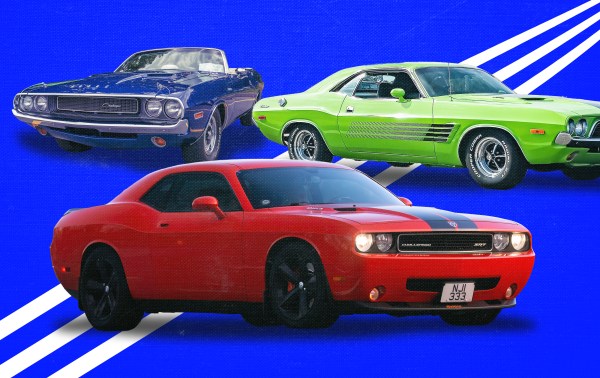

Please note that we at The Dispatch hold ourselves, our work, and our commenters to a higher standard than other places on the internet. We welcome comments that foster genuine debate or discussion—including comments critical of us or our work—but responses that include ad hominem attacks on fellow Dispatch members or are intended to stoke fear and anger may be moderated.
With your membership, you only have the ability to comment on The Morning Dispatch articles. Consider upgrading to join the conversation everywhere.